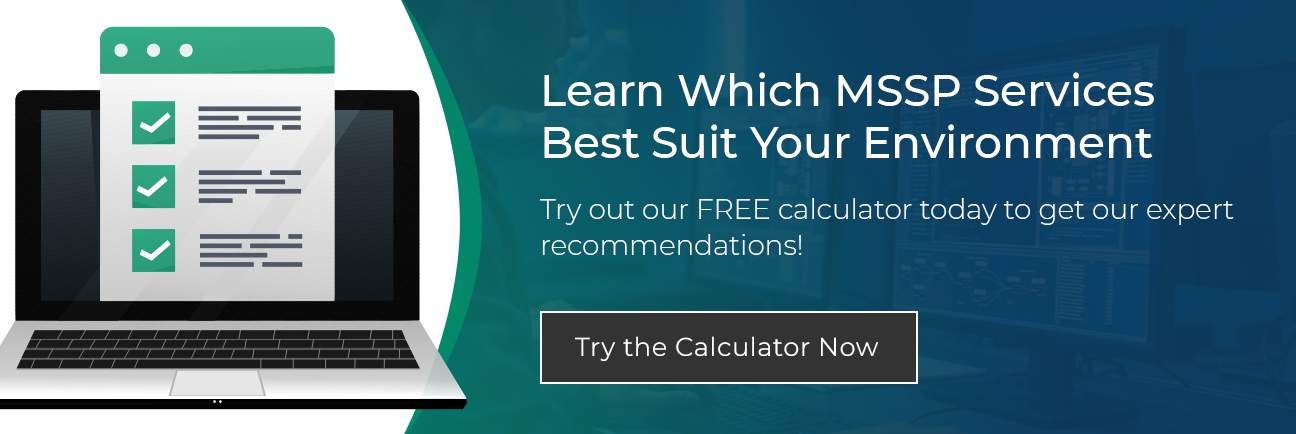What Is Security Service Edge (SSE)? (+ Why Your Enterprise Needs It)
As new threats develop and cybercriminals become ever more sophisticated in their attacks, your enterprise needs to stay on the cutting edge of cybersecurity concepts and applications.
Developed by Gartner this year, the security service edge (SSE) is one such example of how to utilize applications and implement strategies to protect your organization’s assets and information.
What Is SSE?
The security service edge (SSE) is an emerging cybersecurity concept Gartner introduced in its 2021 Roadmap for SASE Convergence report. According to Gartner, SSE is a collection of integrated, cloud-centric security capabilities that enables safe access to websites, software-as-a-service (SaaS) applications, and private applications.
Specifically, SSE-related security capabilities include Zero Trust Network Access (ZTNA), cloud secure web gateway (SWG), cloud access security broker (CASB), and firewall-as-a-service (FWaaS) technologies.
How Does Security Service Edge Differ From SASE?
Essentially, SASE is the total blueprint and SSE is a subset of overall SASE requirements focused on several key security-related components of the blueprint.
Pronounced “sassy,” Secure Access Server Edge (SASE) is essentially an amalgamation of a few existing applications, specifically software-defined wide-area networking (SD-WAN) and network security solutions such as cloud access security broker (CASB), firewall-as-a-service (FWaaS), and Zero Trust Network Access, into a comprehensive service model.
One of the inherent benefits of utilizing SASE network architecture is that it can identify multiple users and devices interacting with the network, then automatically apply policy-based security and access protocols related to where those users are in the network. As opposed to a traditional network security model, which merges access controls and policies, SASE enables organizations to provide secure access on a truly comprehensive scale that’s effective no matter where users, applications, or devices are located.
Gartner Insights About SSE
Gartner predicts SSE will have a high impact over the next three to five years since SSE technologies allow organizations to support workers anywhere and anytime, using a cloud-centric approach for the enforcement of security policy. It offers immediate opportunities to reduce complexity and improve user experience by consolidating multiple disparate security capabilities into a single product.

Types of SSE
There are multiple types of SSE components that can be utilized in your enterprise’s cybersecurity posture when implementing safe-access programs. Each of these types of software can play a vital role in fortifying your organization’s network security, which in turn further safeguards your organization’s assets.
Zero Trust Network Access (ZTNA)
Zero trust network access (ZTNA) is an innovative approach to network security that leverages public cloud environments to deliver secure access to private applications according to strictly defined user credentials.
It’s especially effective when it comes to remote access; in traditional networks, a remote user could enter the network and then move freely within it to access whatever applications or data they wanted once they were verified by the perimeter security protocols. With ZTNA architecture, however, users can only access applications and data they are authorized to use within a separate cloud environment. This protects the network from unauthorized access and ensures that applications and data are never exposed to the public internet.
Zero trust network access plays a strategic role in an overall SSE approach to cybersecurity in that it can provide insight into who’s accessing your enterprise’s assets, where they’re stored, how sensitive that information is, and log network traffic when appropriate. Since ZTNA can already track who is doing what within your network, it has the capability to discern identities and spot potential threats by monitoring user behaviors for potentially malicious activity such as loading malware to the network. With these capabilities, ZTNA can also enforce uniform security policies across all applications, both internally owned and third-party.
Cloud Secure Web Gateway (CSWG)
A cloud secure web gateway (CSWG) protects users from web-based threats by acting as a kind of middleman between the user and the internet. Rather than a user directly connecting to a website, a user accesses the organization’s CSWG, which then performs activities like URL filtering, web visibility, malicious content inspection, web access controls, and other security measures to maintain security between the user and the connected site.
Cloud secure web gateways empower organizations to block access to inappropriate content on the internet, ensure proper cybersecurity policies are followed, and further protect against unauthorized data transfers.
Cloud Access Security Broker (CASB)
Cloud access security brokers help enterprises discover where their data is across multiple software-as-a-service (SaaS) applications and cloud environments, on-prem data centers, or even when data is accessed by mobile workers. A CASB further fortifies an enterprise’s security, governance, and compliance policies by enabling authorized users to access and consume cloud resources. At the same time, the enterprise’s data is protected by the CASB.
A well-rounded SSE approach utilizes an integrated CASB to automatically detect and mitigate all SaaS-related risks within the enterprise’s existing applications and the potential threats from emerging SaaS applications. By using an API-based security program to scan applications, the CASB is able to sift through sensitive data, malware, and policy violations to maintain compliance and deter potential threats in real-time.
Firewall-as-a-Service (FWaaS)
FWaaS enables firewalls to be delivered as part of a company’s cloud infrastructure to protect cloud-based data and applications. While firewalls are an essential component of your enterprise’s overall cybersecurity strategy, the tasks related to maintaining these firewalls are incredibly tedious and monotonous for your organization’s IT team. Not to mention, these tasks can overwhelm your security experts who could be addressing more in-depth issues in the network.
That’s where firewall automation comes in and greatly boosts your enterprise’s IT team members; with firewall automation, these cyclical and dull tasks related to your enterprise’s firewall become automated and thus free up your team to handle bigger things. Firewall automation also ensures your cybersecurity posture is compliant and provides peace of mind regarding business continuity, all while empowering your team to be more productive.
Why SSE Matters
A comprehensive SSE solution provides organizations with the full set of security technologies they need to provide employees, trusted partners, and contractors secure remote access to applications, data, tools, and other corporate resources, and monitor and track behavior once users access the network.
Every business faces constant threats to its network security. New malware is made daily while cybercriminals refine their attack methods. Countering these threats requires constant vigilance from a team of cybersecurity consultants — each of whom maintains up-to-date knowledge of the latest threats.
Contact the cybersecurity experts at Compuquip to get help and advice for protecting your enterprise’s assets and interests.

